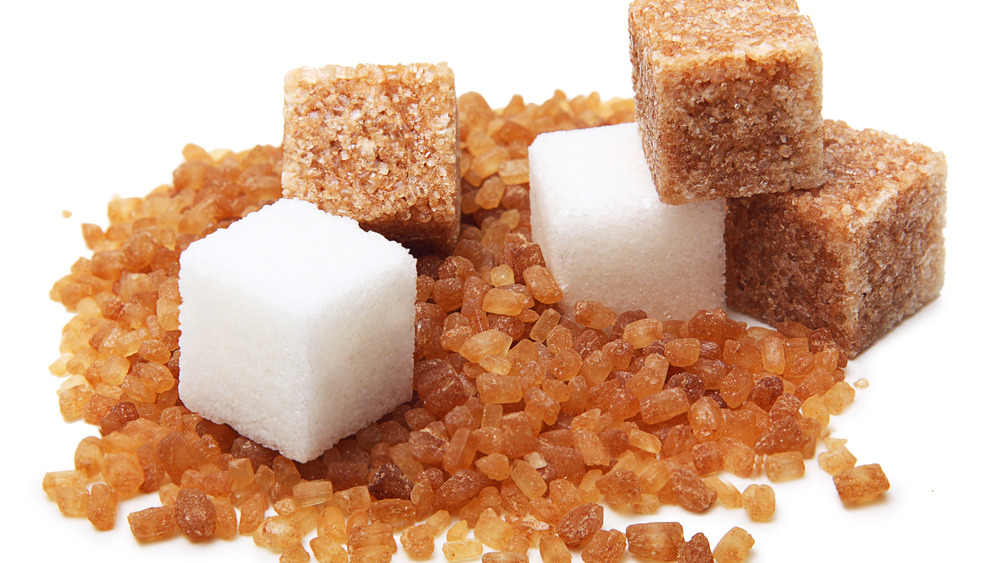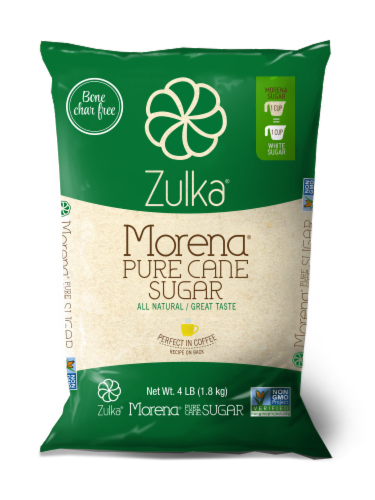Cane Sugar Processing: Typical Approaches and Modern Innovations
Cane Sugar Processing: Typical Approaches and Modern Innovations
Blog Article
Exploring the Comprehensive Steps Included in Cane Sugar Processing From Collecting to Refinement
The procedure of cane sugar manufacturing incorporates a collection of detailed steps, starting with the mindful harvesting of sugarcane and finishing in the refinement phases that make sure the last item satisfies sector requirements. Each stage, from the extraction of juice to the filtration and condensation procedures, plays an important duty in establishing the quality and personality of the sugar. Understanding these stages not only highlights the complexity of sugar manufacturing but also raises essential inquiries about performance, sustainability, and innovation in the industry. What ramifications do these elements have for future practices?
Gathering Sugarcane
Gathering sugarcane is a vital step in the walking cane sugar processing chain, as it straight influences the quality and yield of the final product. Correct timing and techniques are necessary throughout this stage to make sure optimum sugar material and minimize losses. Usually, sugarcane is harvested when it gets to maturation, typically 12 to 18 months after planting, identified by a high sucrose focus.

Post-harvest, the sugarcane should be refined swiftly to stop sucrose destruction. Preferably, collected walking stick should be moved to refining centers within 24-hour to maintain sugar top quality. Consequently, effective logistical preparation is essential to keep the honesty of the collected plant throughout the supply chain.
Removal Process

The crushed cane undergoes a collection of pressing procedures to make the most of juice healing. Typically, warm water is sprayed onto the smashed cane, developing a countercurrent circulation that aids dissolve the sugar while likewise helping in the removal procedure. The juice gathered from this operation includes not just sugar but also different natural compounds and pollutants.

To improve extraction performance, some facilities might employ diffusion approaches, where the sugarcane is taken in hot water, permitting the soluble sugars to diffuse into the liquid. The resulting juice, abundant in sucrose, is then routed to subsequent processing phases, laying the structure for filtration and refinement. The extraction procedure is hence critical in determining the quality and return of the final sugar product.
Filtration Techniques
The purification techniques used in walking cane sugar processing are important for changing the raw juice into a premium sugar item. These approaches mainly aim to remove contaminations, such as dirt, plant materials, and inorganic substances, which can negatively influence the end product's taste and color.
One of the most usual filtration strategies is explanation. This procedure entails adding lime and heat to the raw juice, which helps with the coagulation of contaminations. The resulting precipitate is then removed via sedimentation or filtration, producing a clearer juice. In addition, making use of phosphoric acid can improve the explanation process by additional binding pollutants.
One more substantial strategy is carbonatation, where co2 is introduced to the cleared up juice. This response creates calcium carbonate, which catches staying contaminations and advertises their removal.
Moreover, triggered carbon therapy might be related to adsorb any remaining colorants and natural pollutants, guaranteeing an extra refined item. The combination of these techniques successfully prepares the sugar juice for subsequent action in the refining procedure, setting the phase for the manufacturing of high-grade cane sugar.
Formation Techniques
After the purification phase, the next crucial step in cane sugar handling involves formation techniques, which play an essential duty in changing the cleared up juice right into strong sugar. This procedure commonly employs two primary approaches: spontaneous condensation and regulated condensation.
In spontaneous formation, supersaturated sugar remedies are permitted to cool down normally, leading to the development of sugar crystals over time. This approach enables for the uniform development of sugar crystals and greater purity.
Throughout formation, the cleared up juice is concentrated through evaporation, increasing its sugar web content up until it gets to supersaturation. Once this factor is achieved, either method can facilitate the condensation process. Cane Sugar Processing. The resultant sugar crystals are then divided from the continuing to be syrup through centrifugation
Eventually, the option of formation approach impacts the quality, size, and pureness of the final sugar item, making this action vital in the overall walking stick sugar handling treatment.
Refinement and Product Packaging
How can the purity and high quality of walking cane sugar be additionally enhanced after formation? The improvement procedure plays a crucial role in attaining premium walking cane sugar.
Following, the sugar is subjected to a procedure called centrifugation, where it is spun at high speeds to divide the detoxified sugar crystals from the continuing to be liquid. After centrifugation, the sugar is frequently further refined with a technique called carbonization or phosphatation, which uses turned on carbon or phosphoric acid to eliminate color and off-flavors.
Once refined, the sugar is dried out to achieve the desired wetness material, making certain that it remains secure throughout great post to read storage space Visit Website and transportation. The final step entails product packaging the polished sugar in moisture-proof and impermeable containers to keep its high quality and protect against contamination. Cane Sugar Processing. Proper product packaging not only expands life span but likewise helps with simple handling and distribution, ensuring that customers get sugar that meets the greatest criteria of pureness and quality
Verdict
The comprehensive steps entailed in walking cane sugar handling, from the meticulous harvesting of sugarcane to the complex improvement and packaging stages, emphasize the value of each phase in ensuring premium sugar manufacturing. Optimum harvesting methods, reliable removal approaches, and extensive filtration processes jointly contribute to the final item's pureness and security. The crystallization and subsequent product packaging methods further boost the integrity and life span of the sugar, highlighting the intricacy and accuracy intrinsic in this crucial farming sector.
The procedure of walking cane sugar production includes a series of detailed steps, starting with the careful harvesting of sugarcane and finishing in the refinement stages that ensure the final item fulfills industry standards. Ideally, gathered walking stick ought to be delivered to refining centers within 24 hours to protect sugar top quality.In spontaneous formation, supersaturated sugar remedies are enabled to cool naturally, leading to the development of sugar crystals over time - Cane Sugar Processing. The improvement procedure plays a critical role in accomplishing top quality walking cane sugar.The detailed actions included in walking cane sugar processing, from the careful harvesting of sugarcane to the elaborate improvement and Home Page packaging stages, underscore the value of each phase in making sure high-quality sugar manufacturing
Report this page